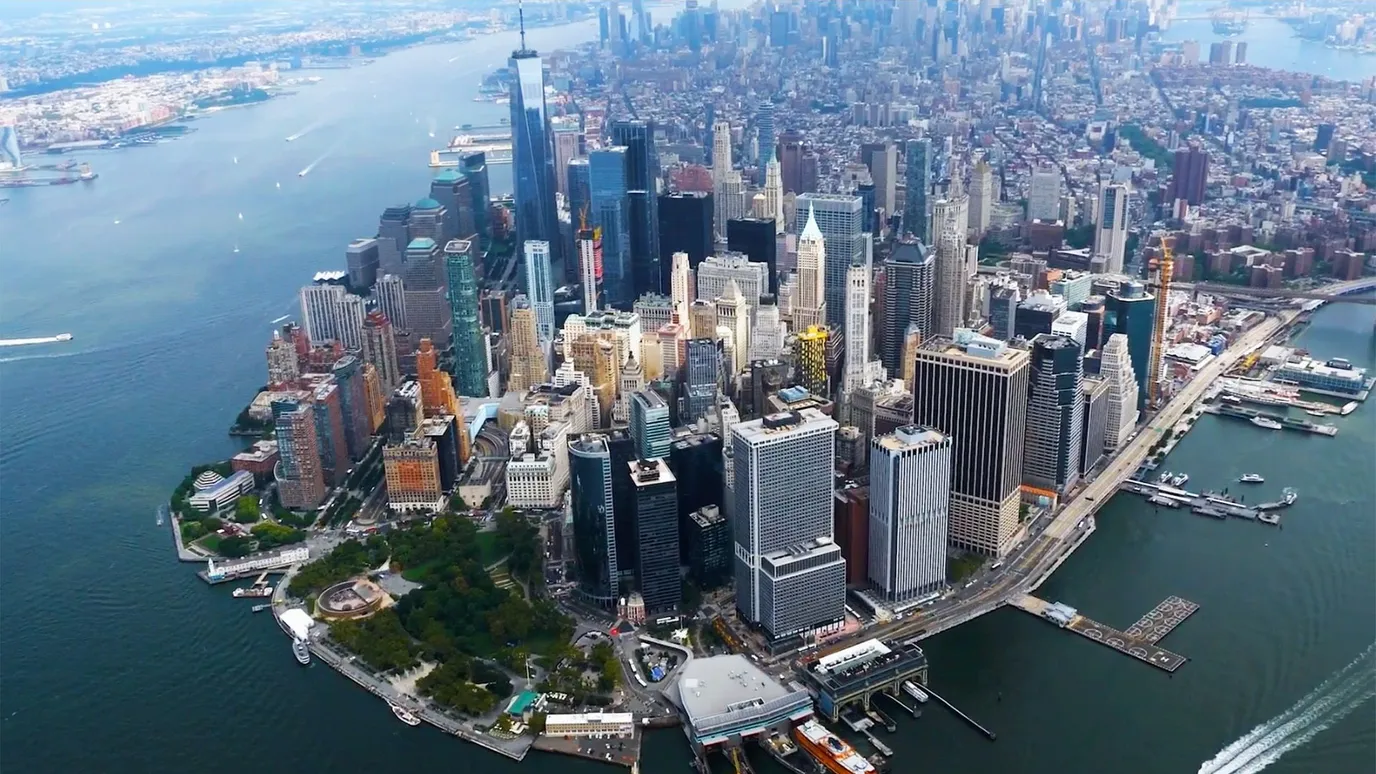The Towers Of New York City Are In For Some Bad News, According To A New Research
The towers of New York City are in for some bad news, according to a new research. A research that was published in May revealed that New York City is sinking under its own weight as the oceans surrounding it rise.
Author:George EvansJul 03, 202340.7K Shares626.5K Views

The towers of New York City are in for some bad news, according to a new research. Research that was published in May revealed that New York City is sinking under its own weight as the oceans surrounding it rise.
According to the findings of the study, the Big Apple has become too large for the ground that it stands on. According to the findings of the study that were presented in Earth's Future, the Big Apple, which is home to more than 8 million people, is sinking at a pace of around 0.4-0.8 inches per year.
“„There’s a lot of weight there, a lot of people there. The average elevation in the southern part of the island is only 1 or 2 meters (3.2 or 6.5 feet) above sea level — it is very close to the waterline, and so it is a deep concern.- Tom Parsons, the study’s lead author and a geophysicist at the U.S. Geological Survey
The researchers determined the weight of New York City's structures and the force they exert on the planet's surface by calculating their masses. They also showed proof of slow sinking caused by the city's spectacular architecture, which was shown in the form of satellite images.
According to the findings of the experts, the total weight of the structures in New York is 1.68 trillion pounds. This is a mass that The Guardian equates to that 140 million elephants (probably of the enormous African kind).
“„It wasn’t a mistake to build such large buildings in New York. We’ve just got to keep in mind every time you build something there, you push down the ground a little bit more.- Tom Parsons
Sinking 0.8 inches a year may not seem like much, but it adds up over time, especially given that New York is a coastal city prone to floods — and that sea level rise exacerbates its difficulties.
According to SeaLevelRise.org, the average sea level around Manhattan's southern point has increased nearly 9 inches since 1950. The organization, which based its estimates on National Oceanic and Atmospheric Administration (NOAA) statistics through 2017, also stated that New York sea-level precautions would cost more than $4 billion.
According to NOAA, the sea level has risen by around 3.8 inches since 1993. It predicted a 10-12 inch increase on US coastlines between 2020 and 2050. Rising sea levels are mostly attributed to glaciers and ice sheets melting and saltwater expanding as the earth warms.
The combination of sinking, sea level rise, and storms increases the risk of flooding in New York. According to NOAA, flooding in New York City might be 20 times more often by the end of the century.
This is an area that was already hit by Hurricane Sandy in 2012, which flooded subways and resulted in 44 deaths and $19 billion in damages, according to the city. New York, like other cities across the world, is concerned about rising sea levels, storms, and floods caused by climate change.
Due to flooding concerns, Indonesia is relocating its capital, Jakarta. In addition, the New York research observed that other coastal communities are sinking as well.
The authors of the study wanted to "raise awareness" about how construction in coastal regions might enhance future flood risks. They advise developers to focus on developing on stronger ground.
Final Words
Sea level rise and storms are two of the reasons governments and individuals are taking action to combat climate change. Steps like taking public transportation or driving cleaner automobiles can help minimize heat-trapping pollution, which exacerbates the situation. SeaLevelRise.orgalso presents remedies for increasing sea levels.
Jump to

George Evans
Author
George Anderson, an exceptional architectural designer, envisions and brings to life structures that transcend the realm of imagination. With an unwavering passion for design and an innate eye for detail, George seamlessly blends form and function, creating immersive spaces that inspire awe.
Driven by a deep appreciation for the interplay of space, light, and materials, George's innovative approach redefines the possibilities of architectural design. His visionary compositions leave an indelible mark, evoking a sense of wonder and transforming the built environment.
George Anderson's transformative designs and unwavering dedication continue to shape the architectural landscape, pushing the boundaries of what is possible and inspiring generations to come.
Latest Articles
Popular Articles